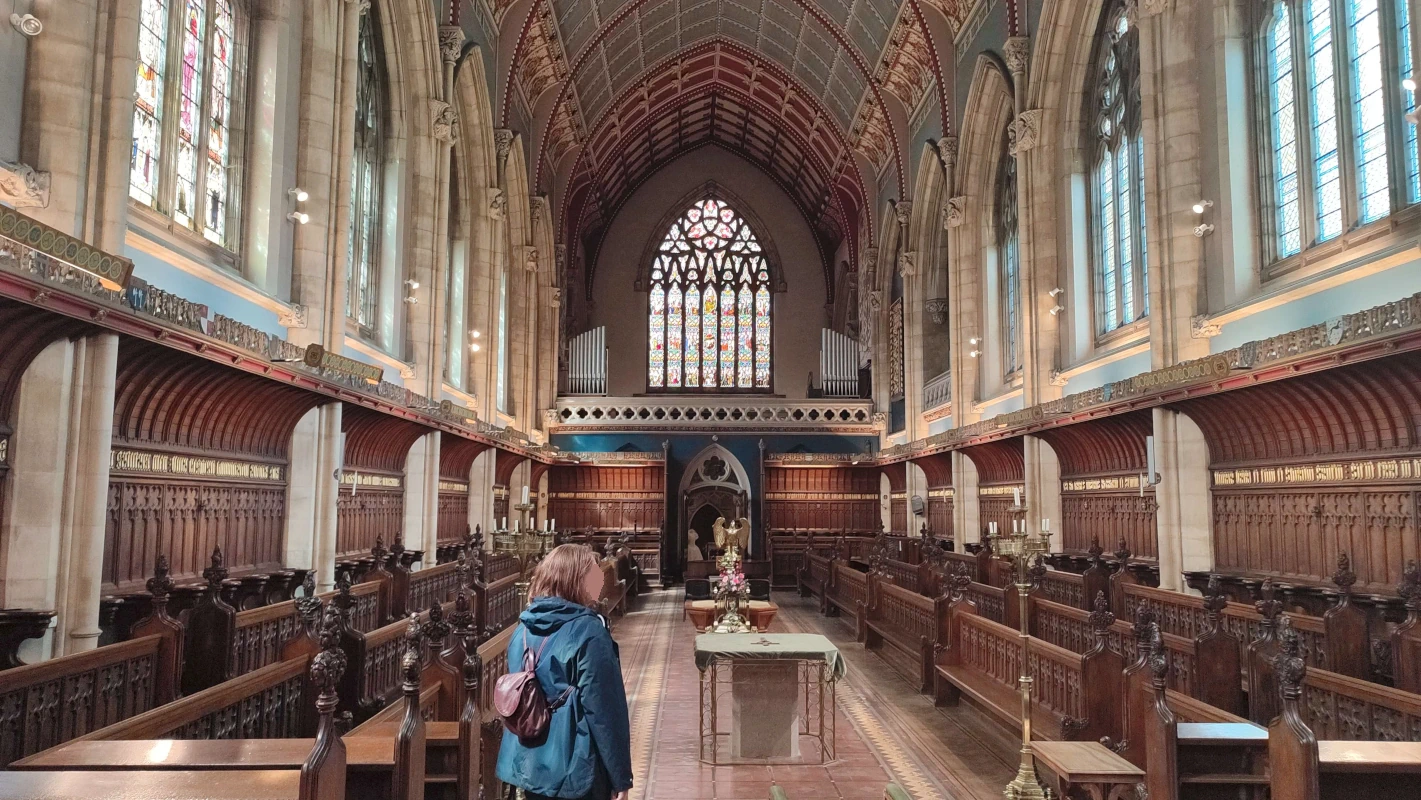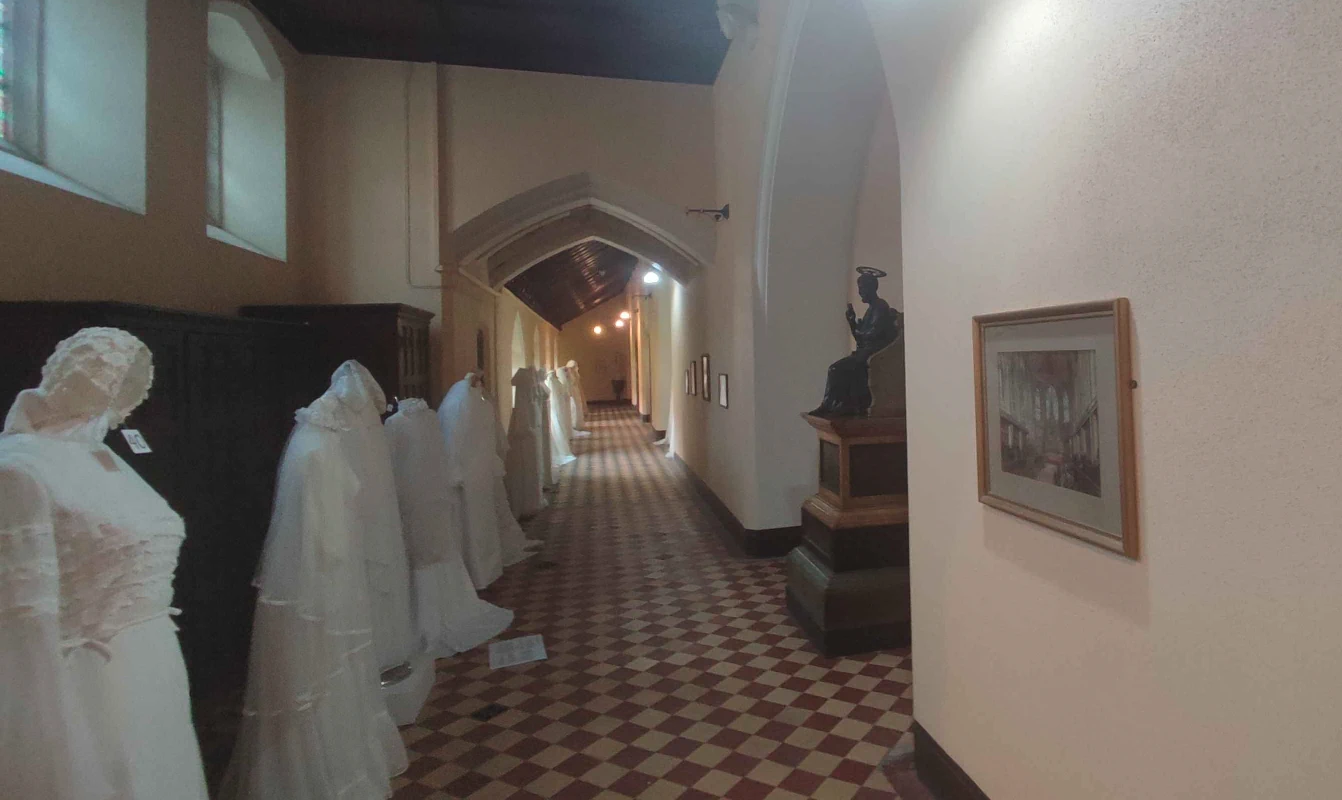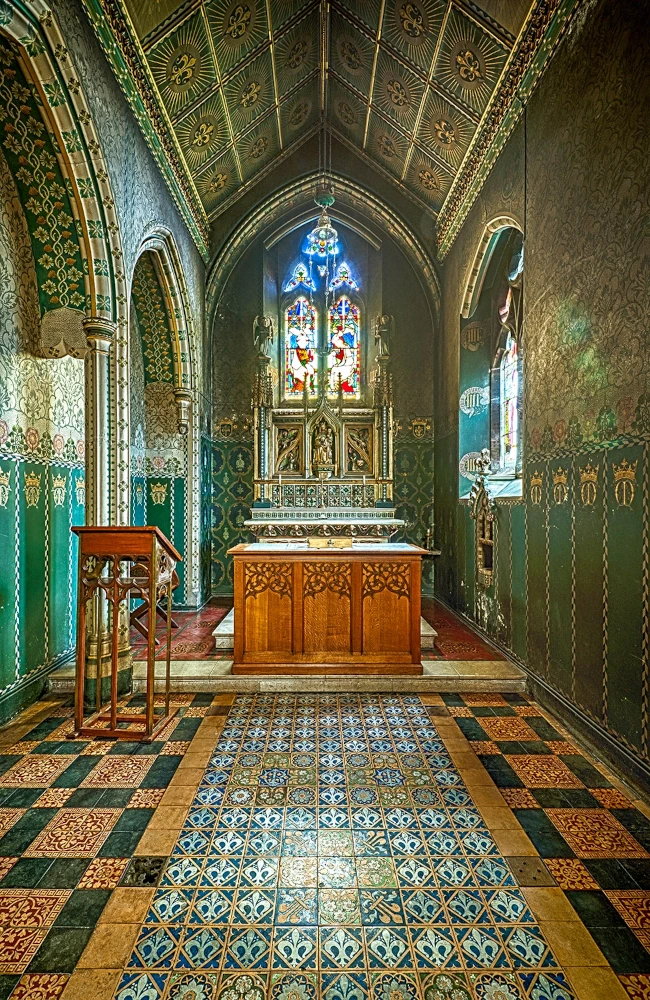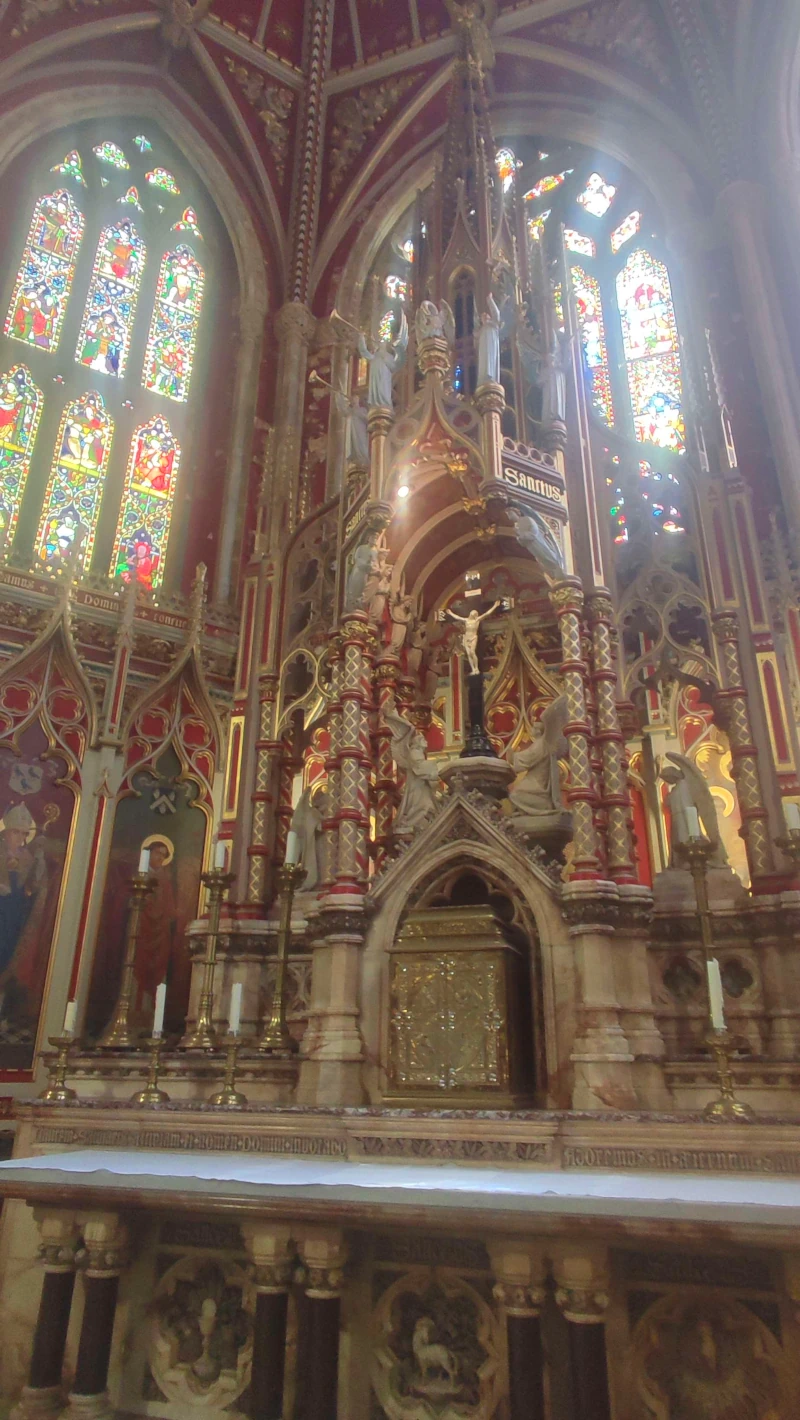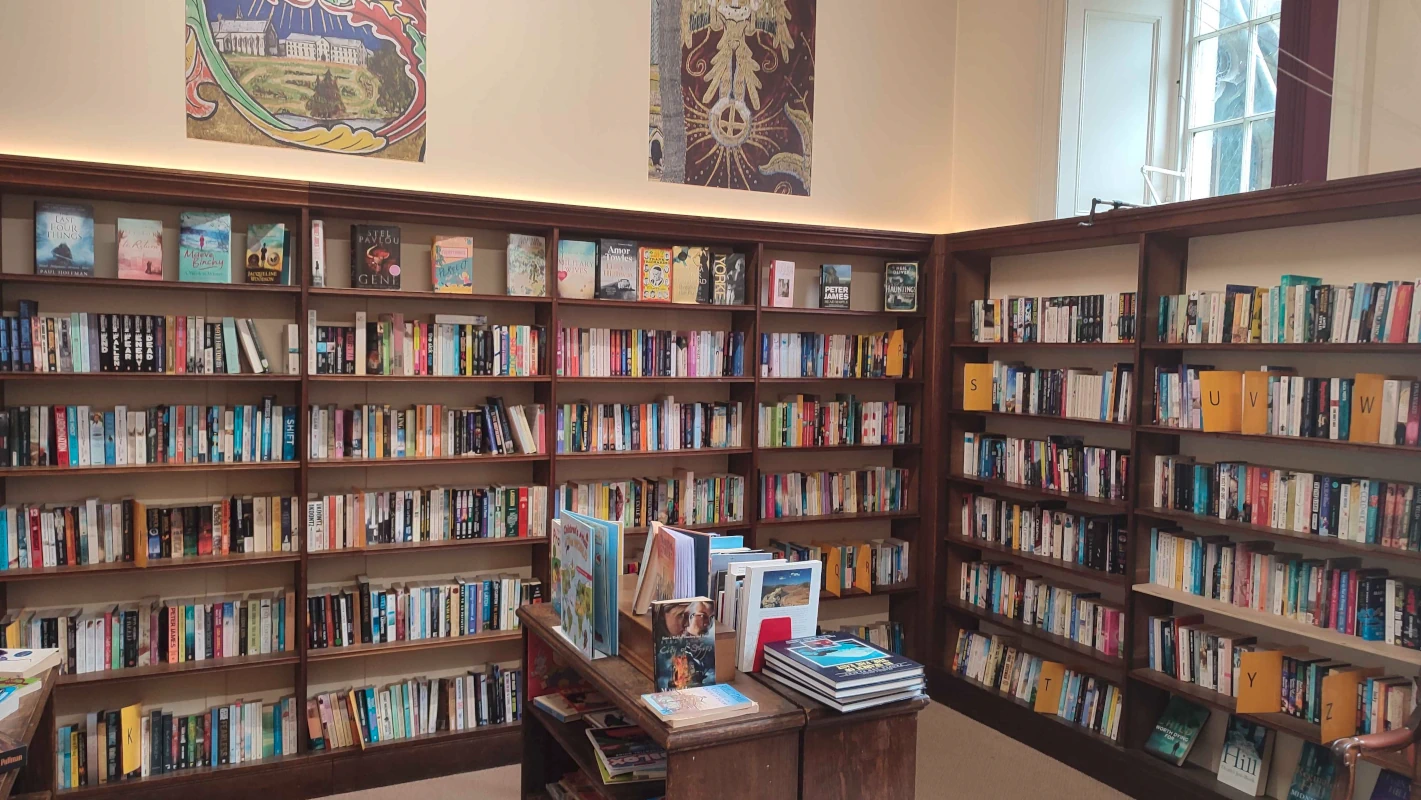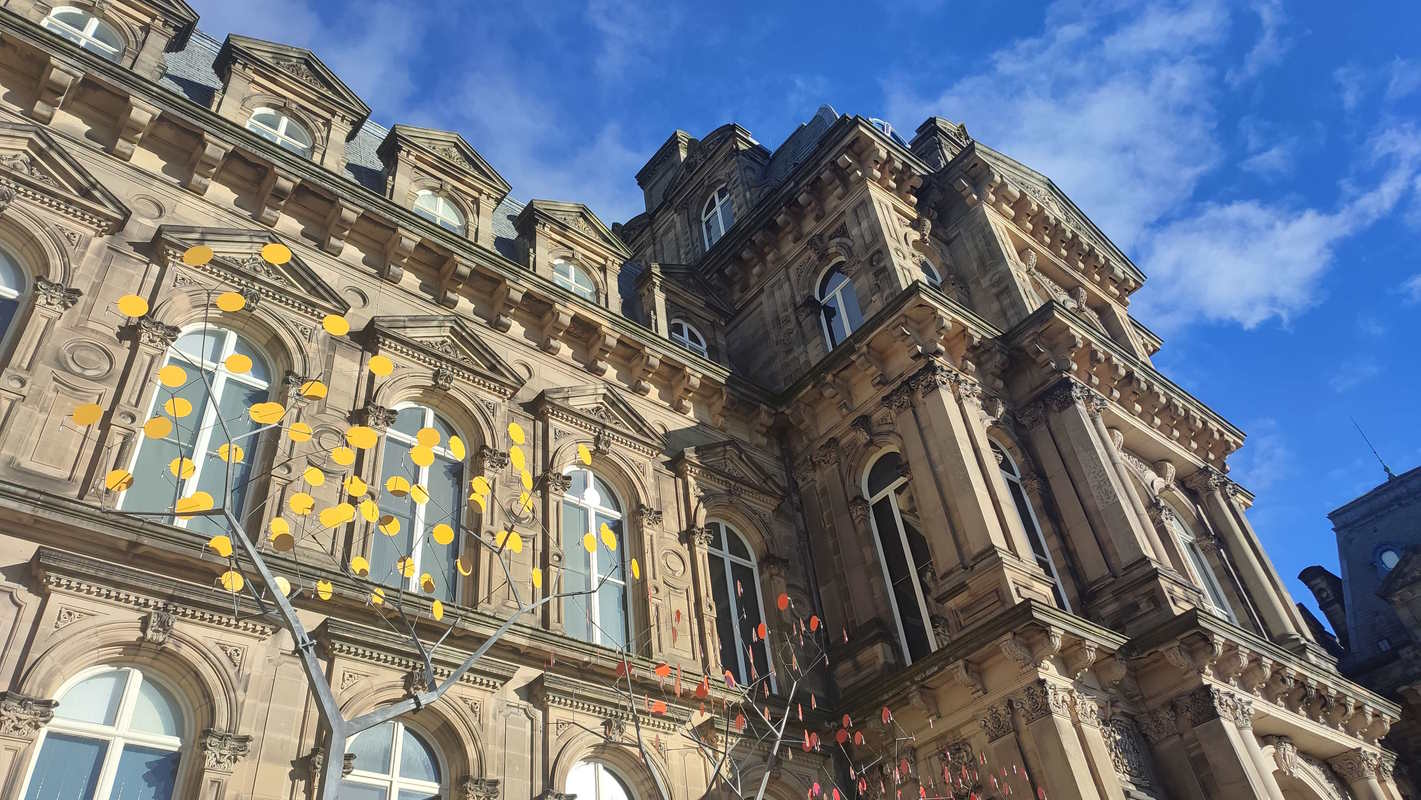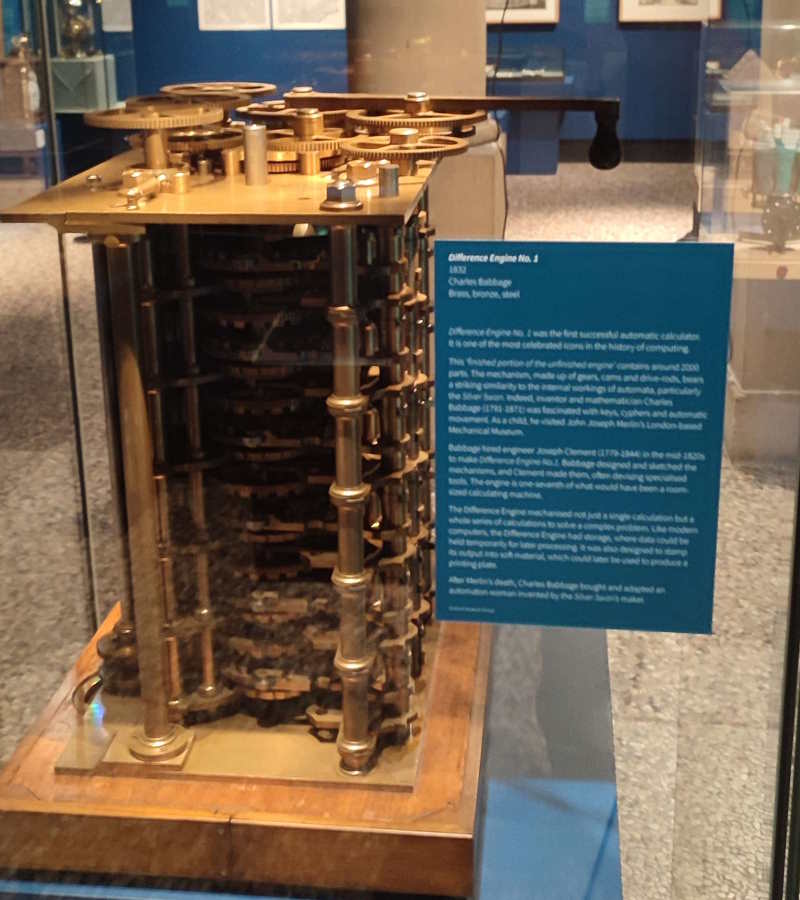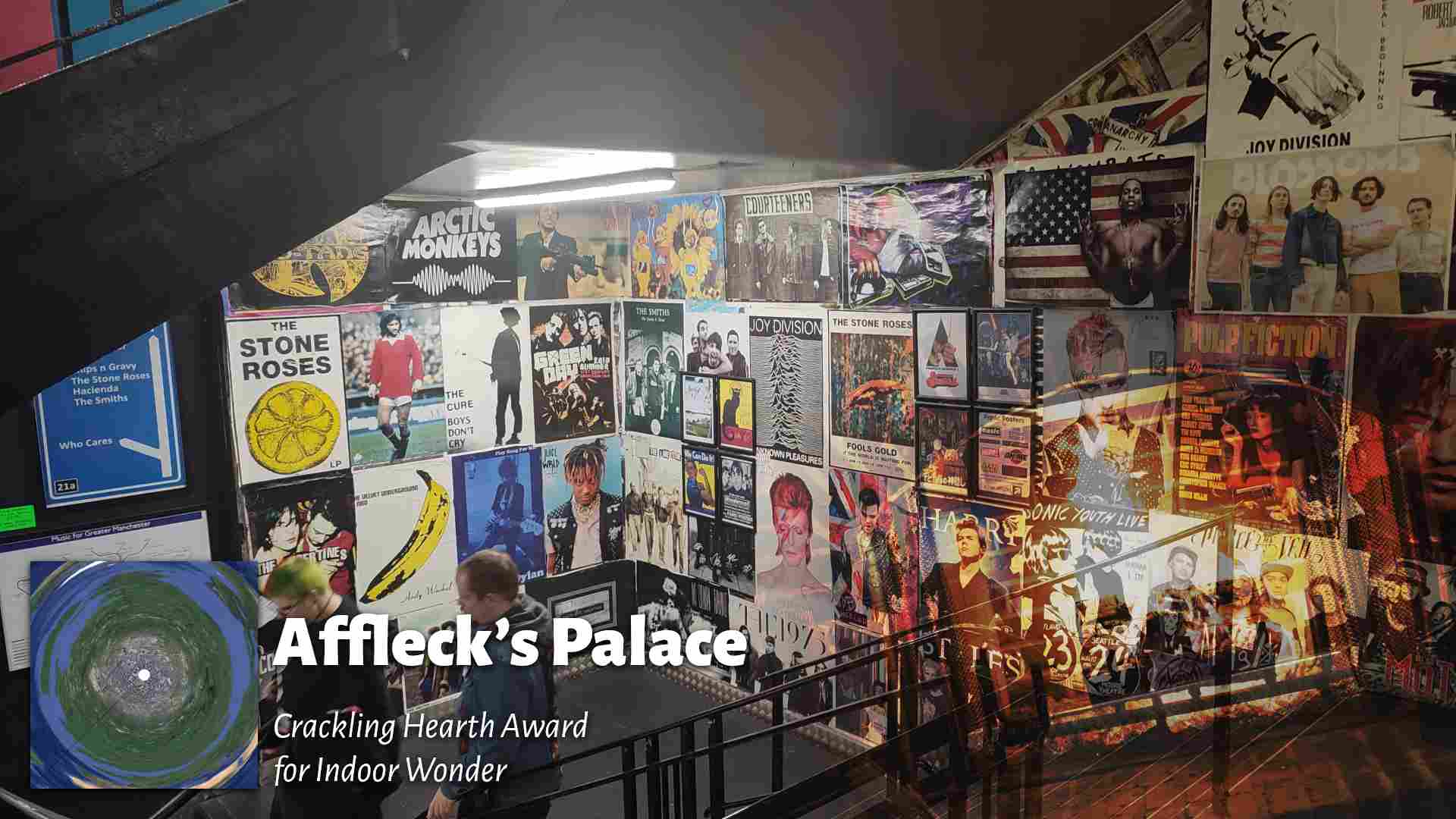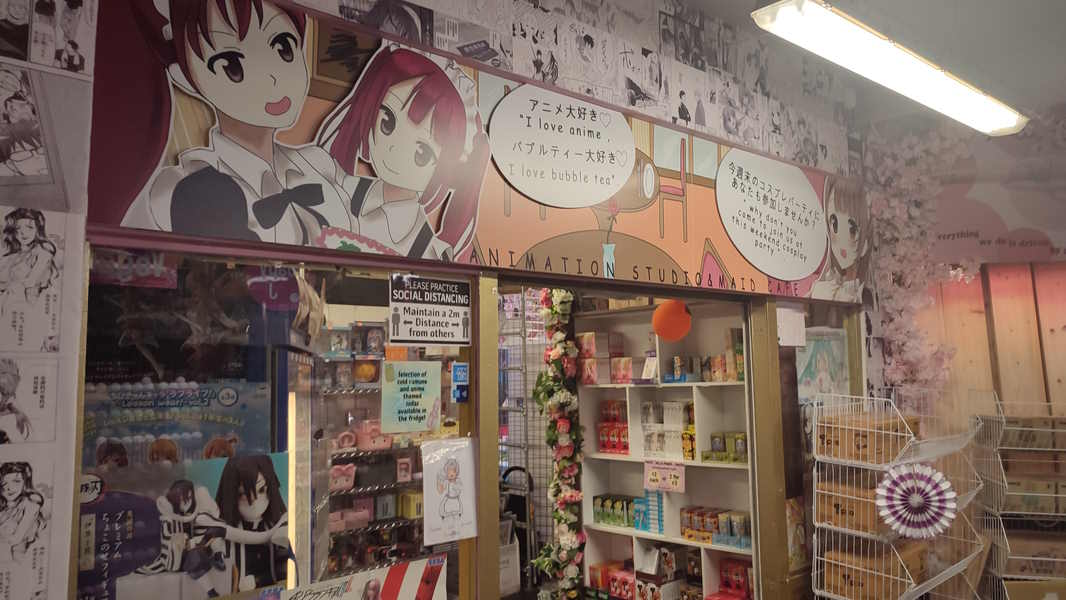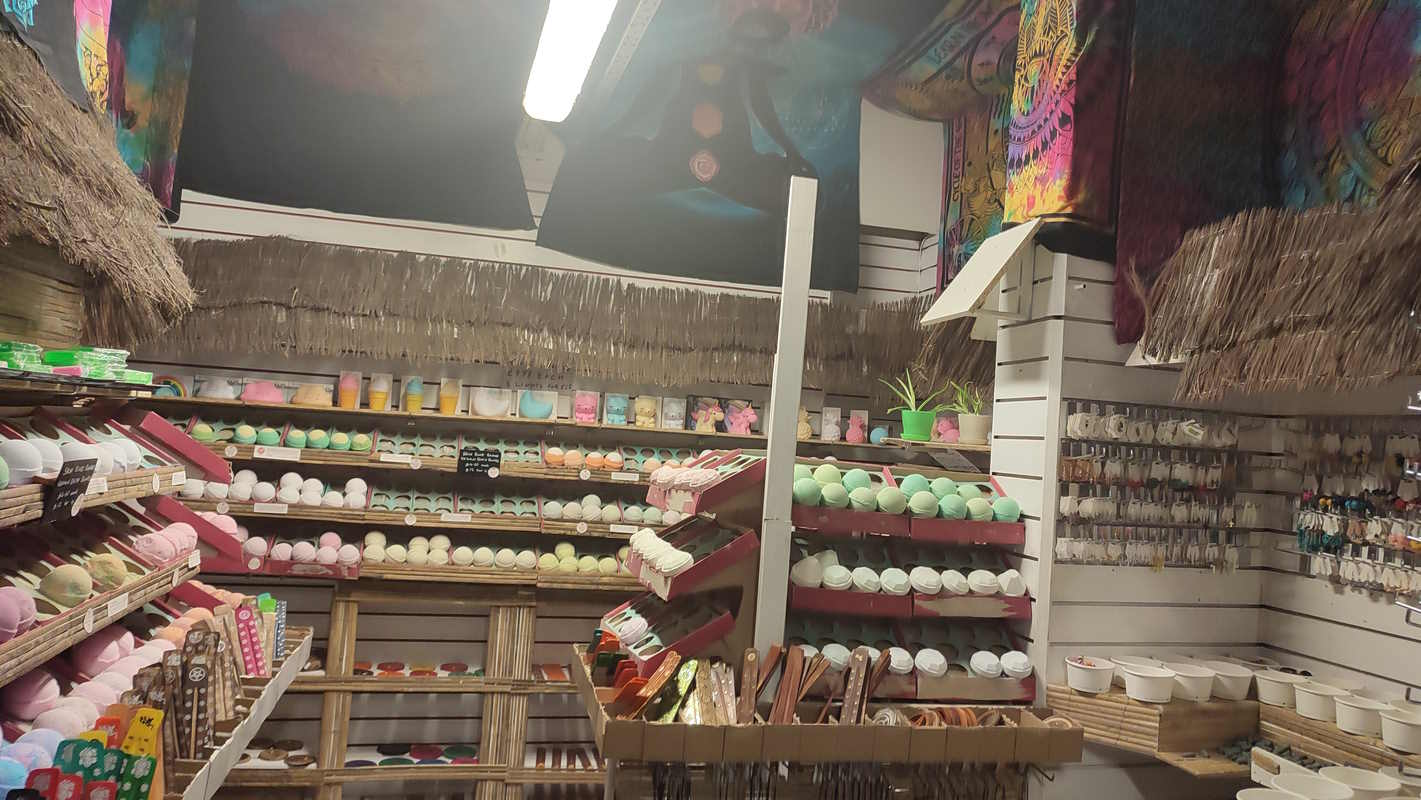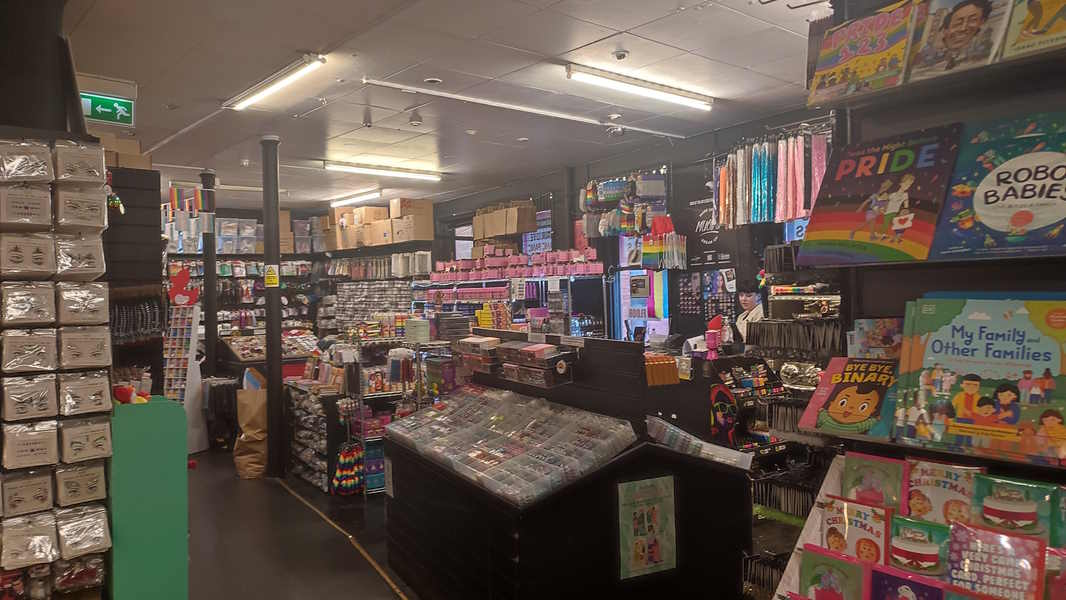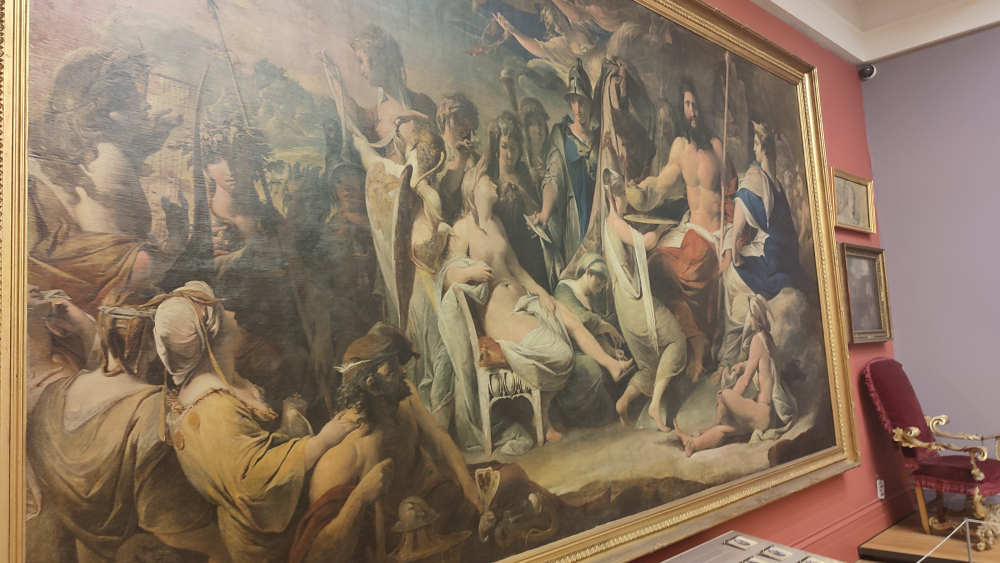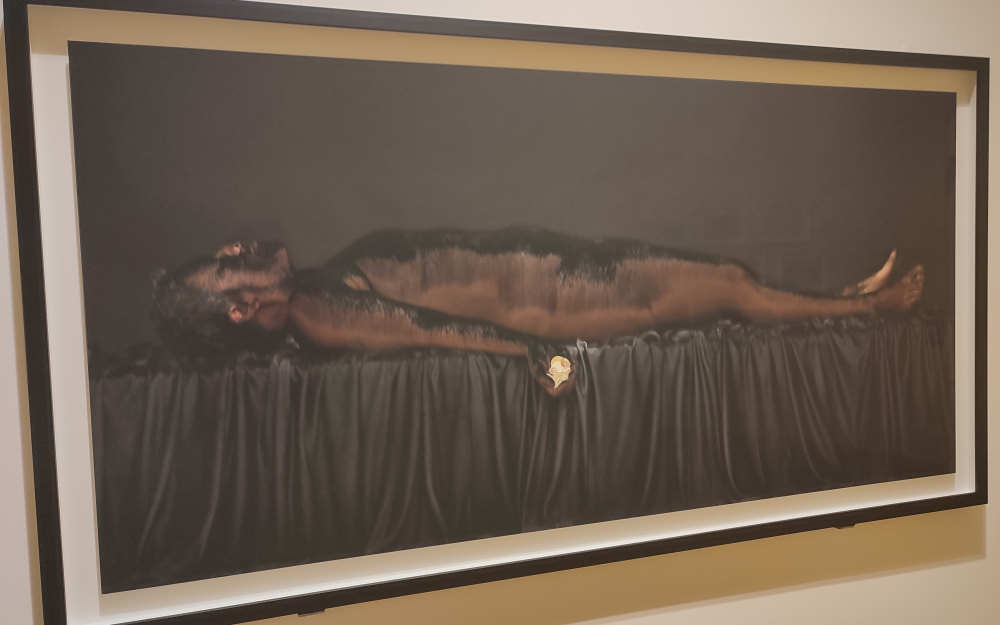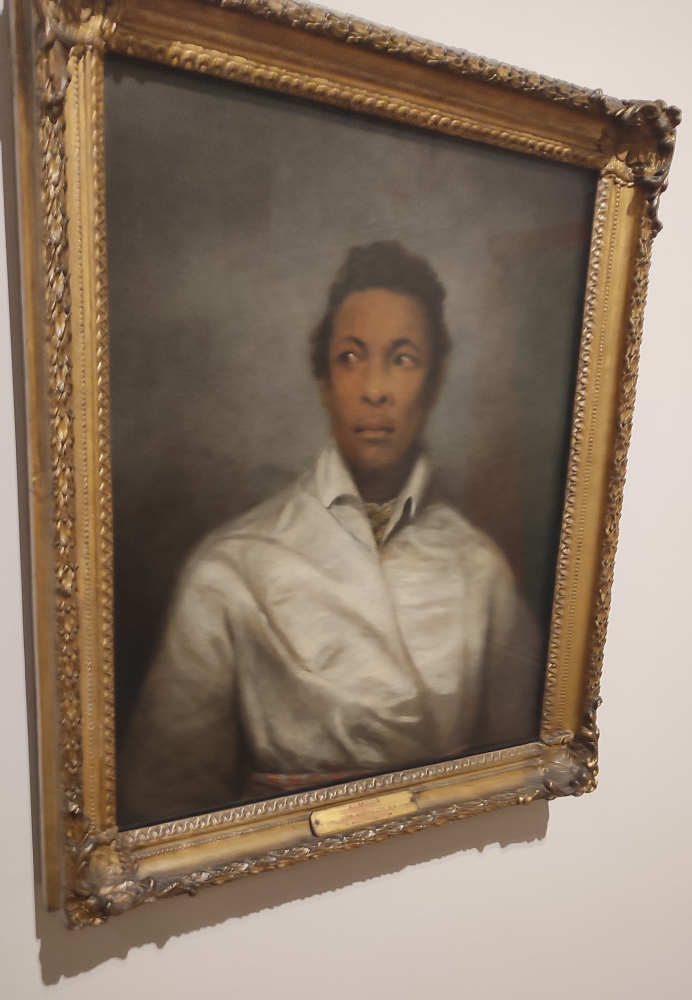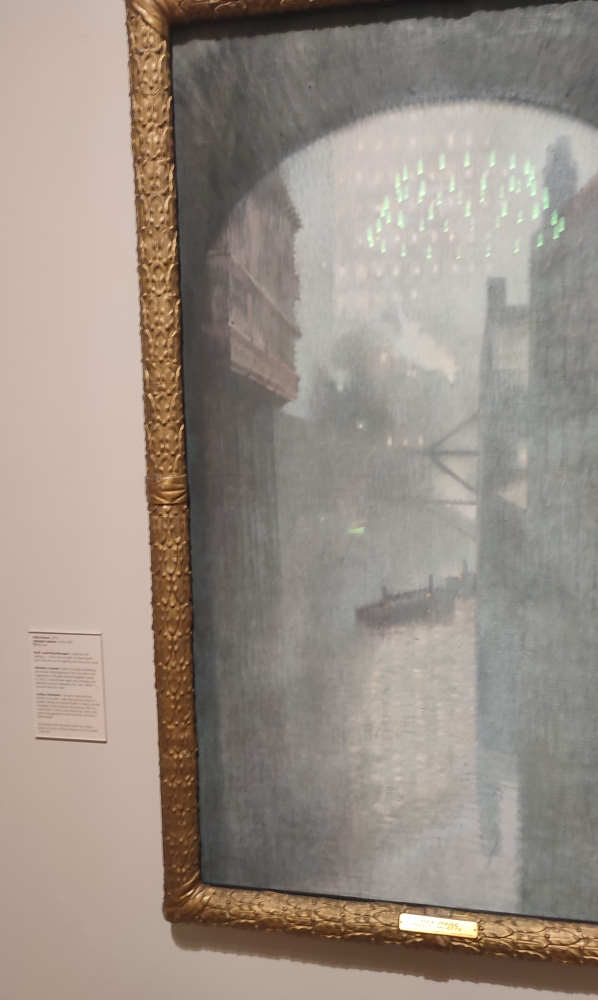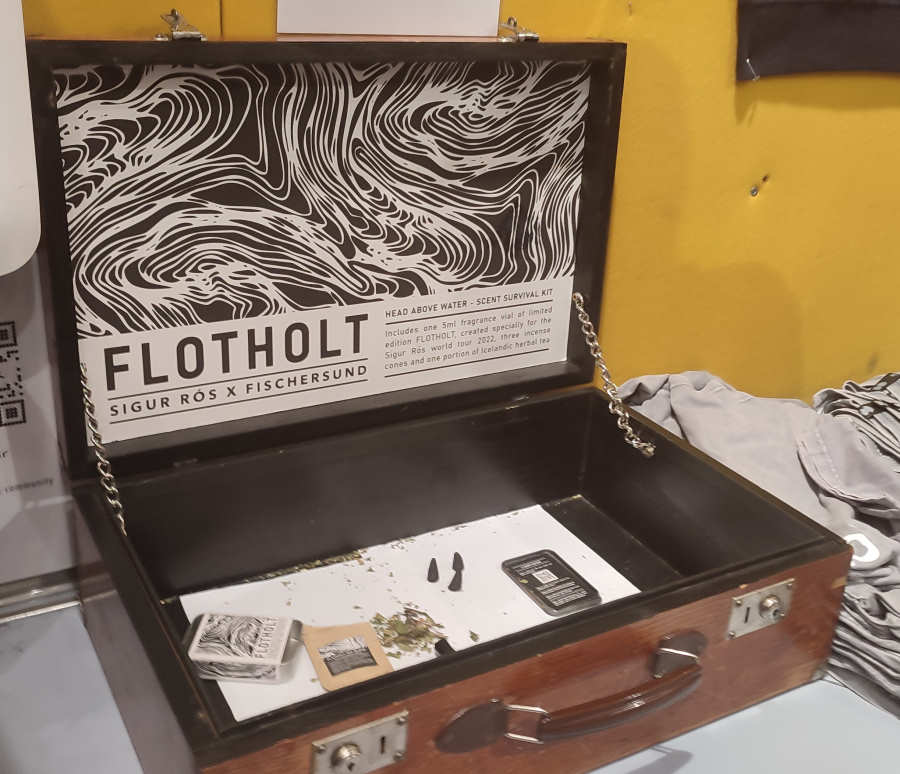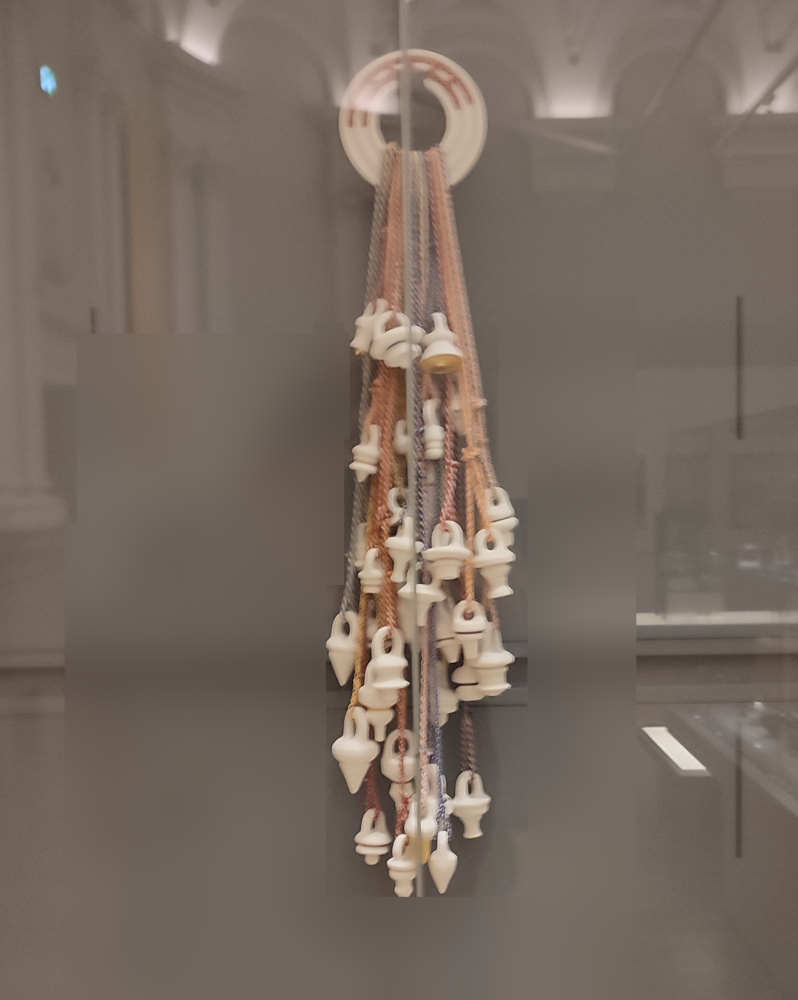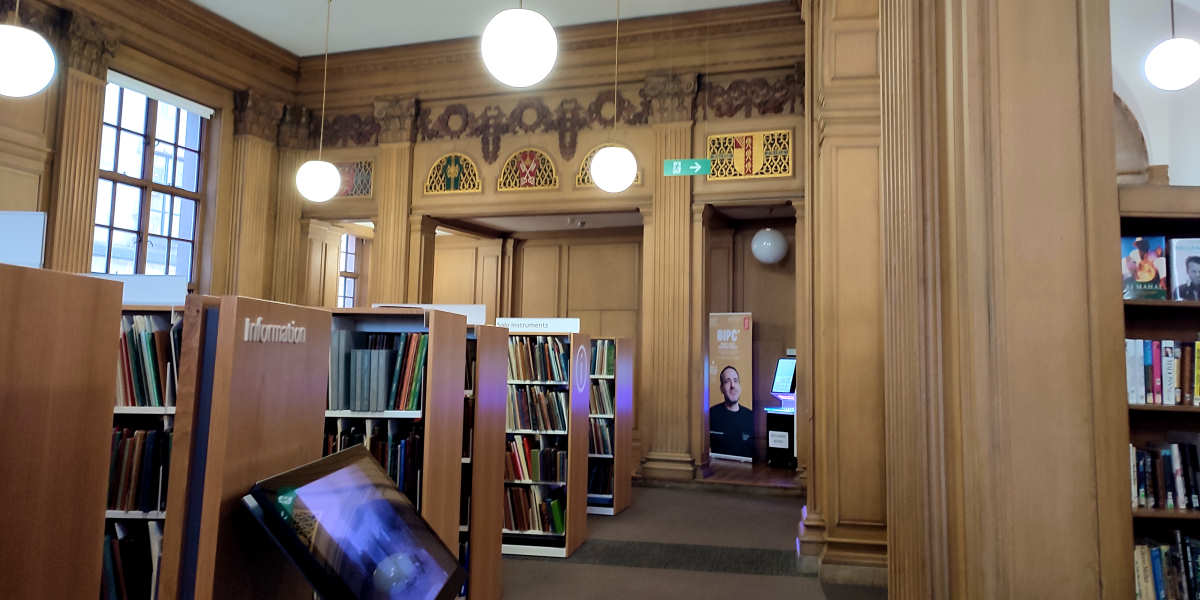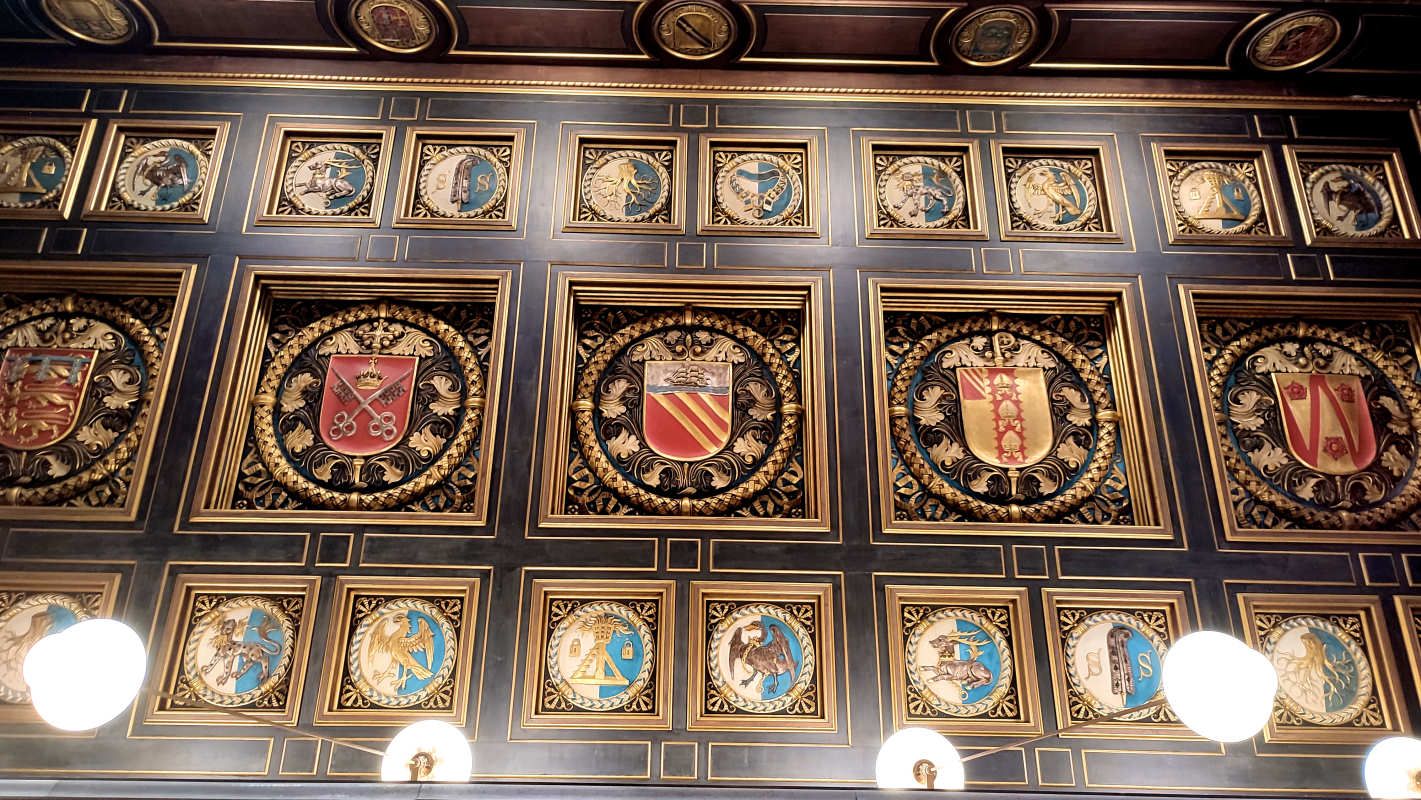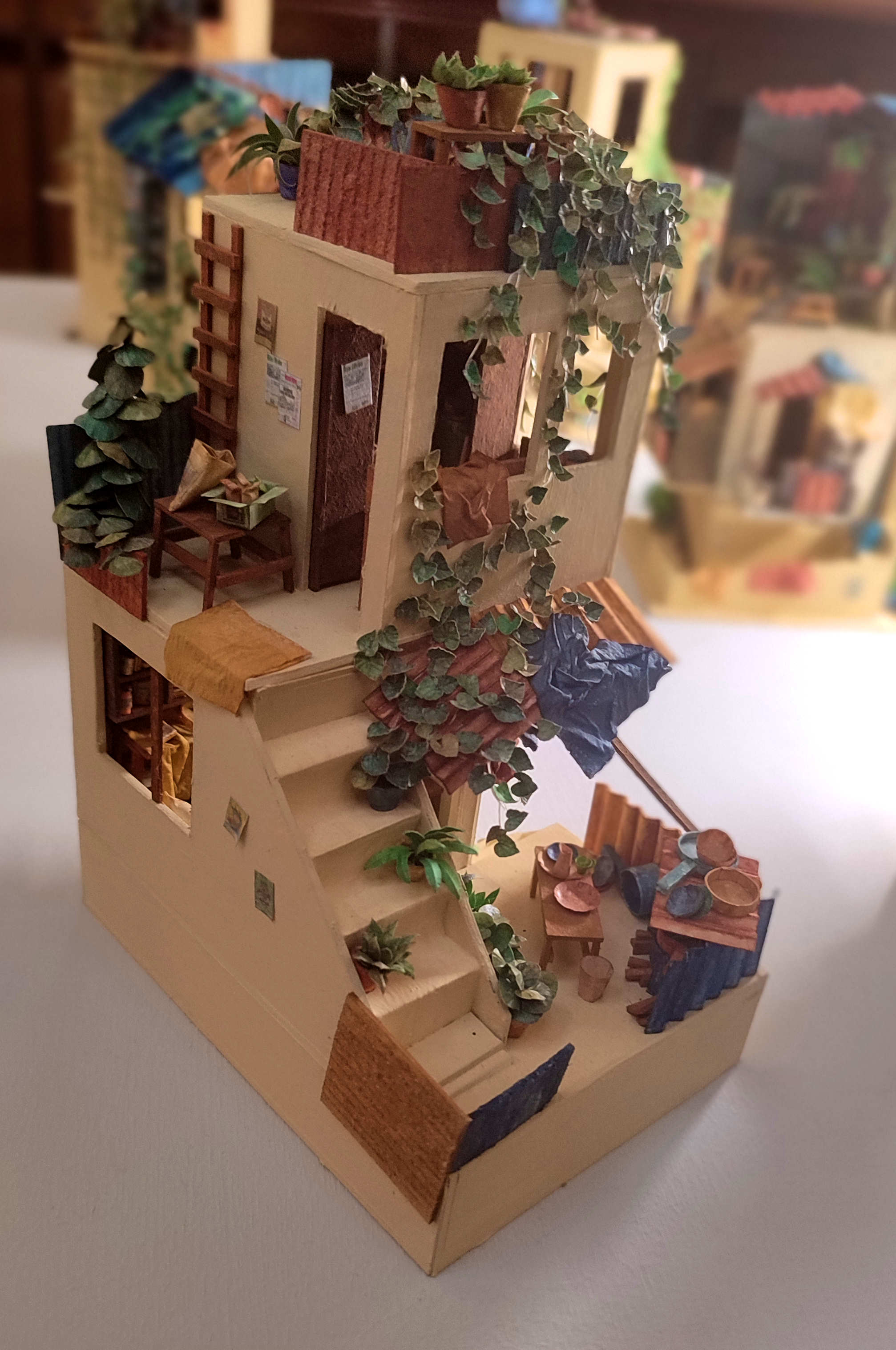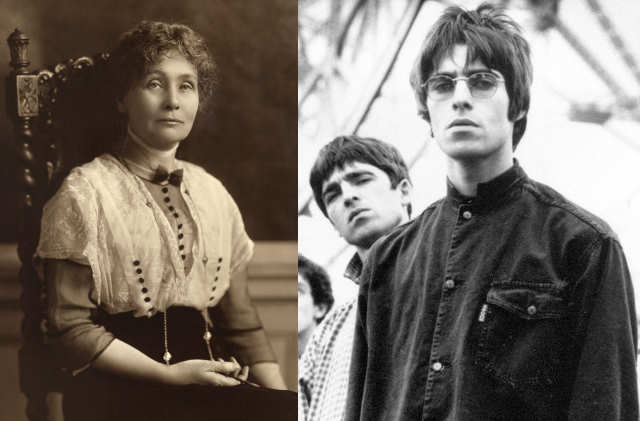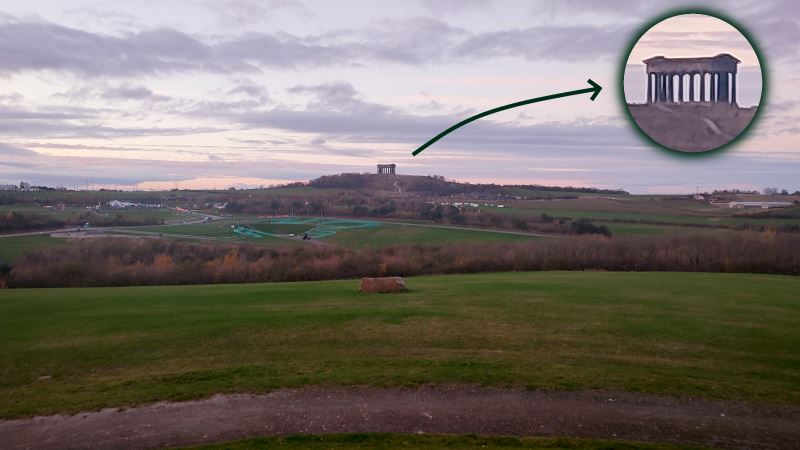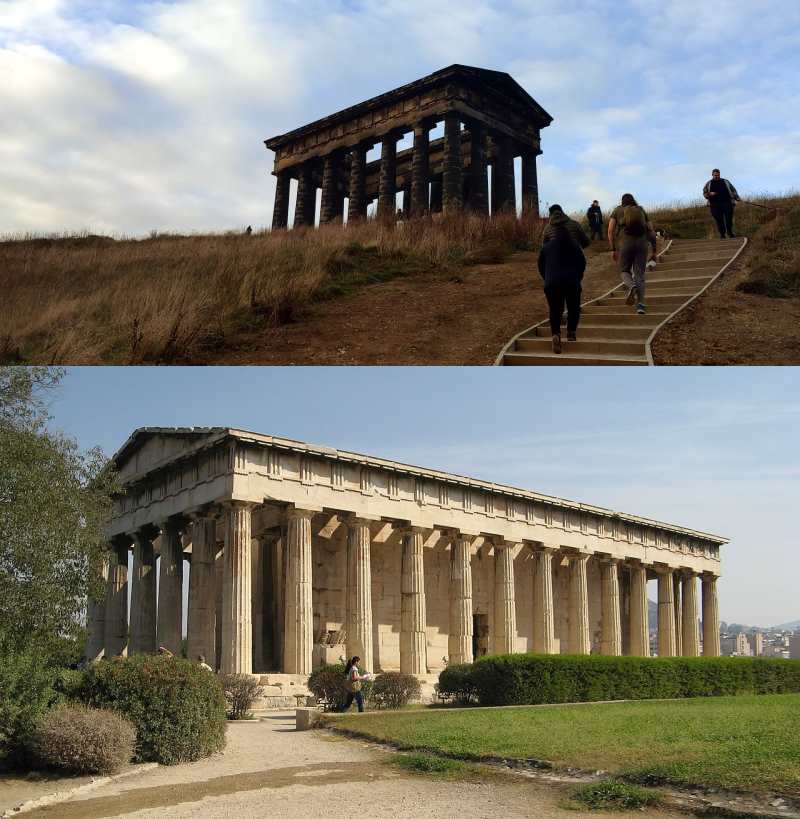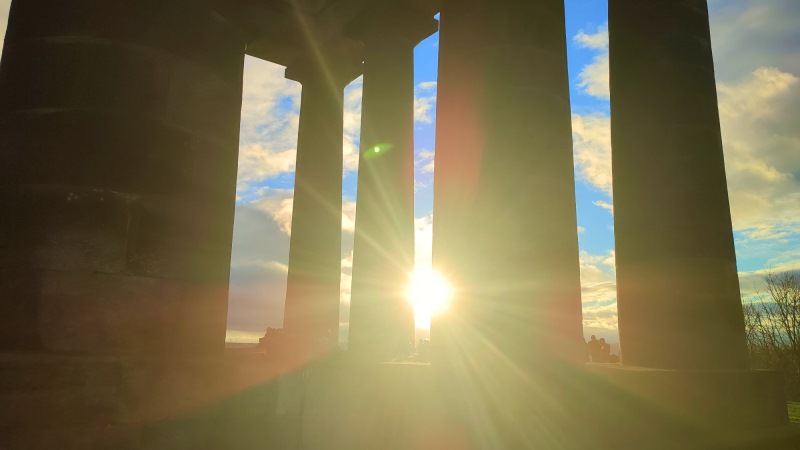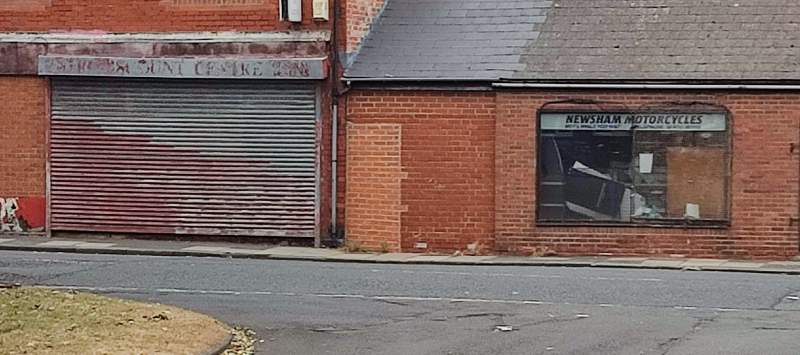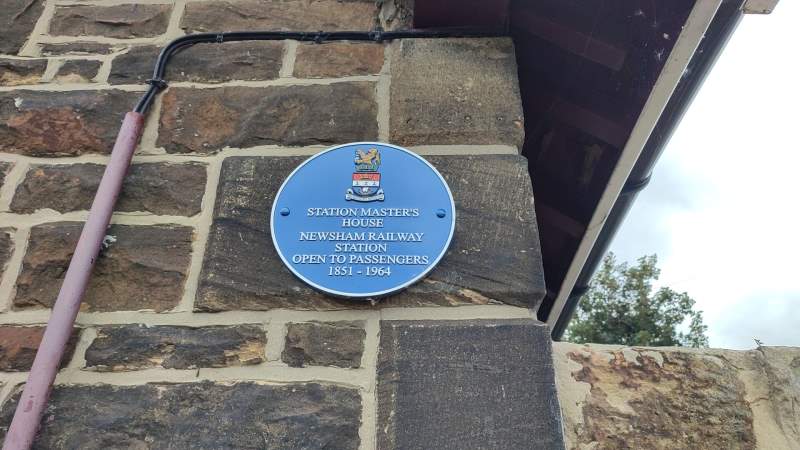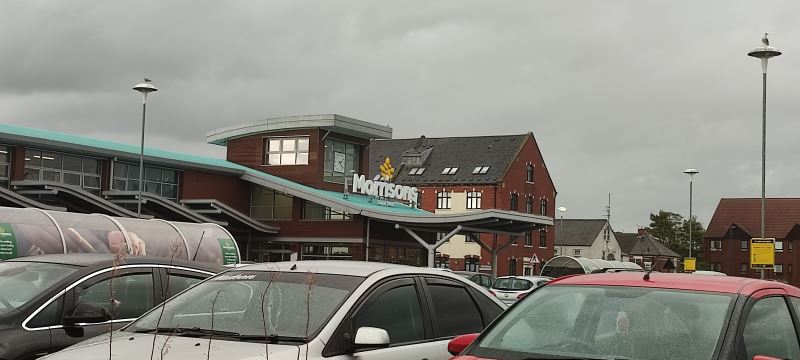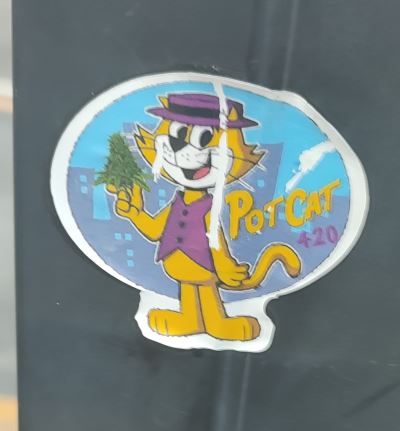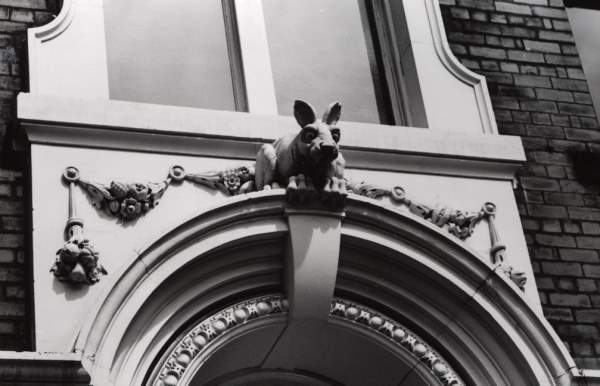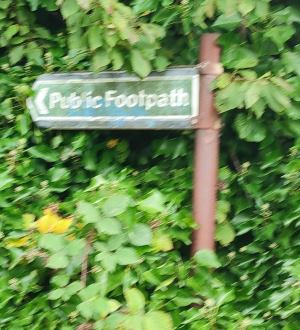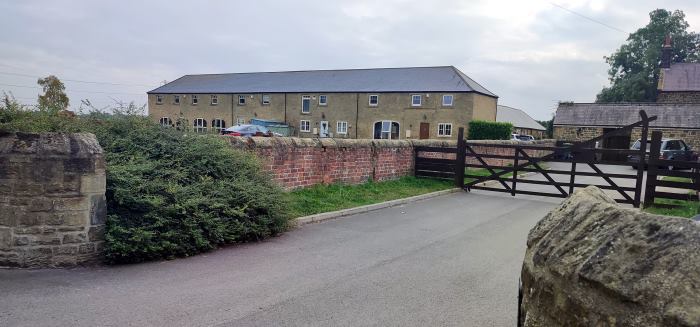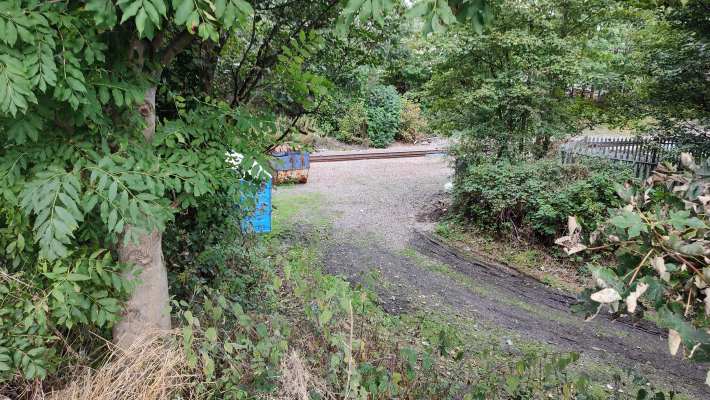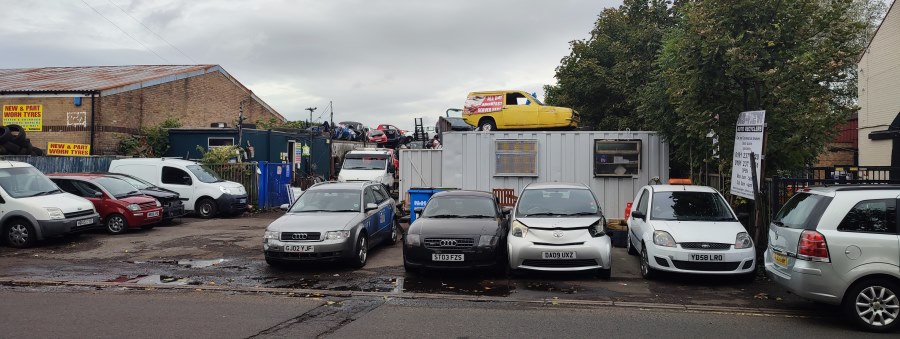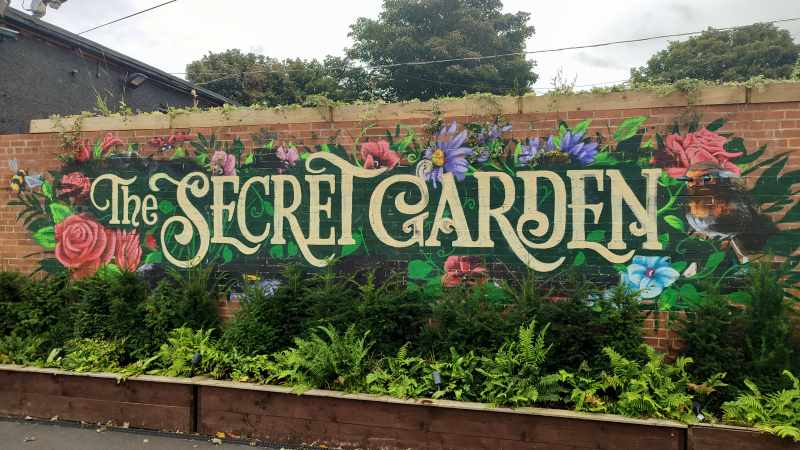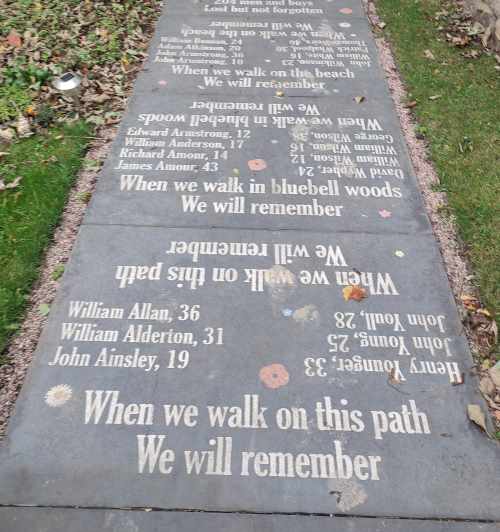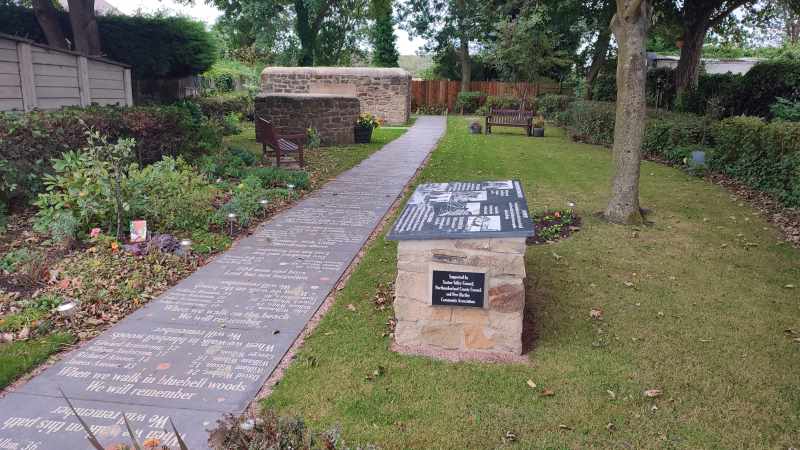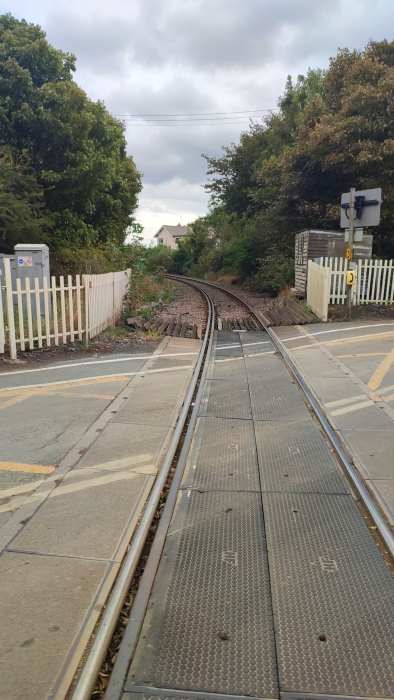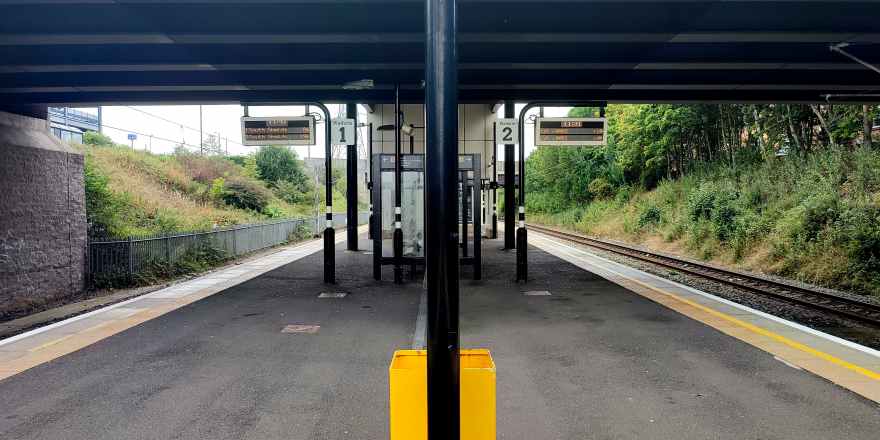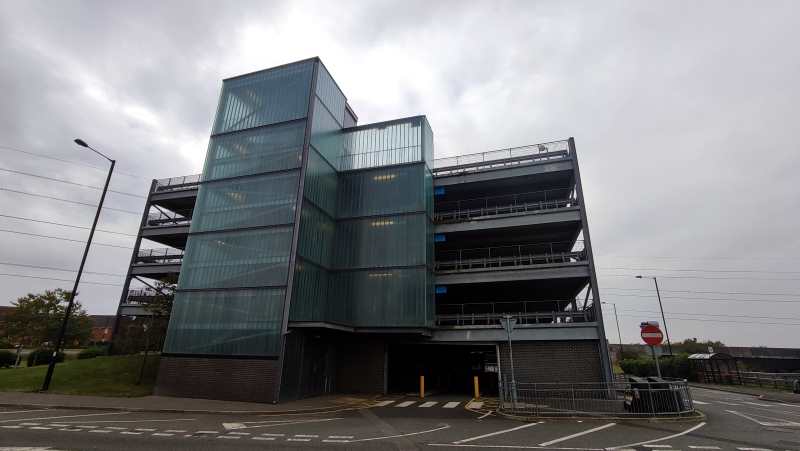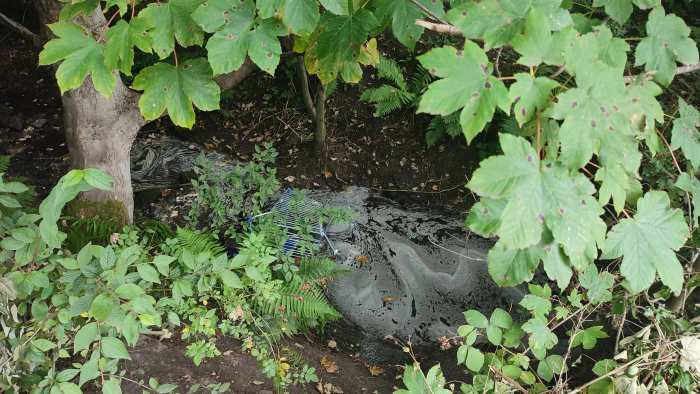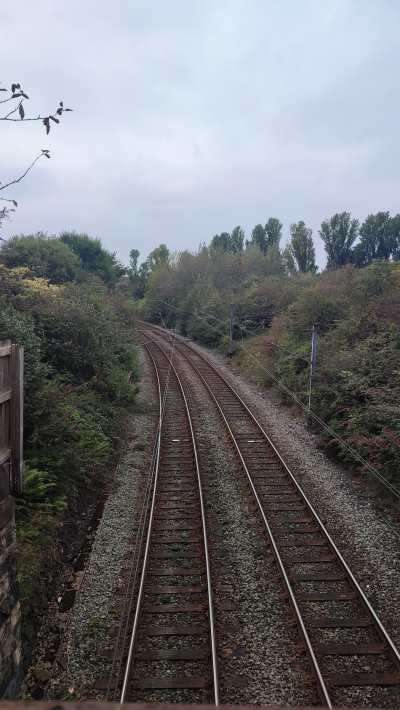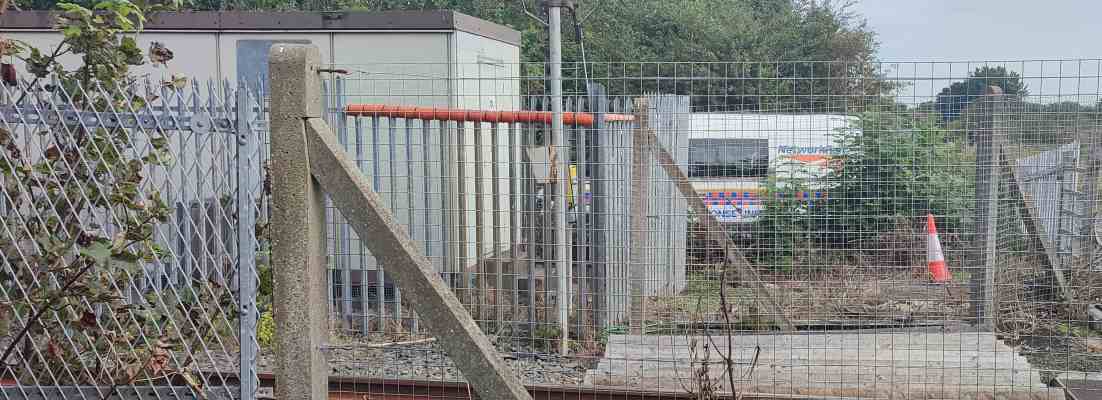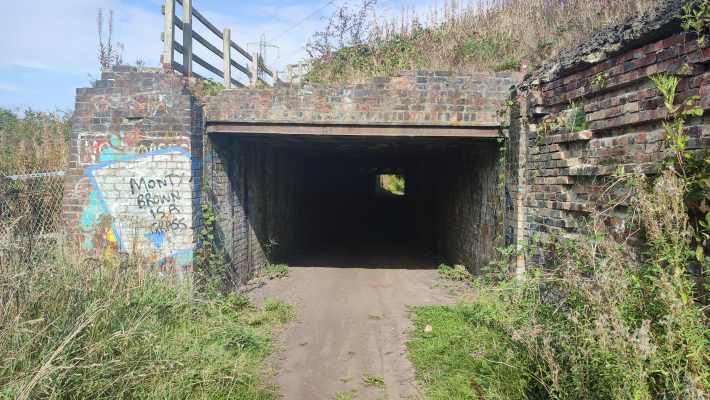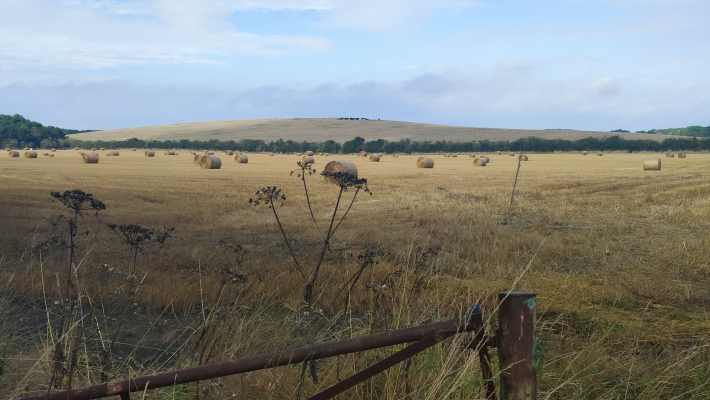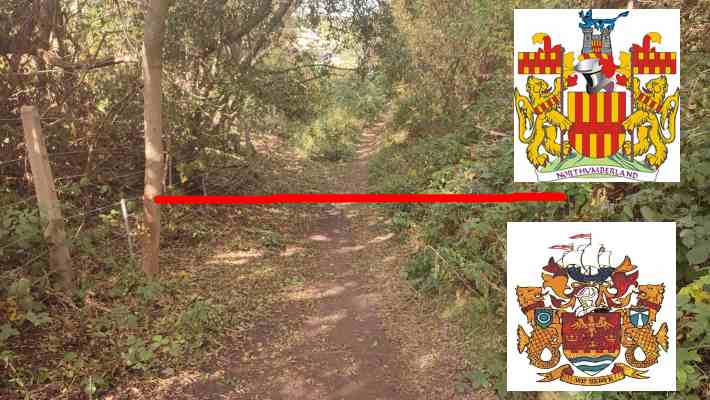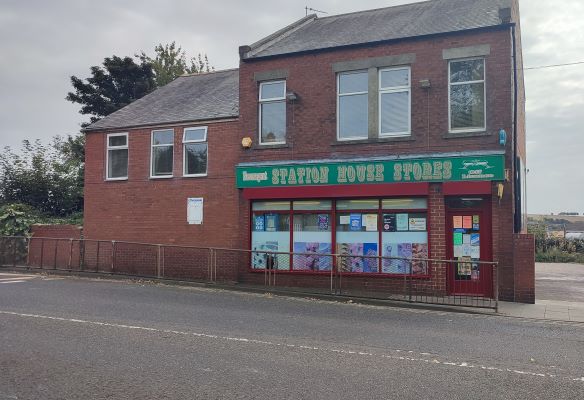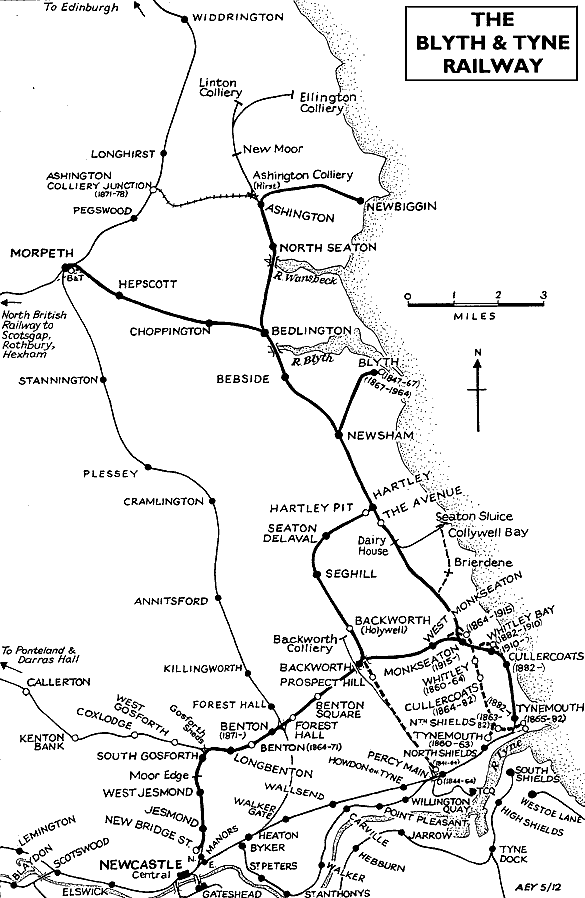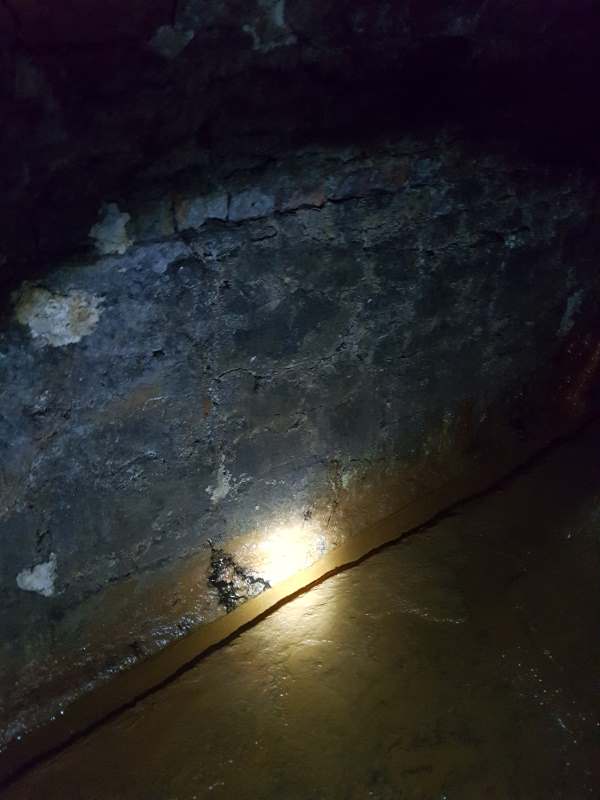Washington1, a town in urban County Durham long since incorporated into Sunderland, is not a place where one expects much nature. The palatinate’s chirping woods and rolling Pennine moors are not so far away, and the path i took to get to today’s attraction led not through winding country roads but broad, grey industrial arteries, designed to ferry thousands to and from Nissan’s immense factory.
But at the end of the road, down by the river Wear, there lies a wee patch of idyll: the Washington Wetland Centre.
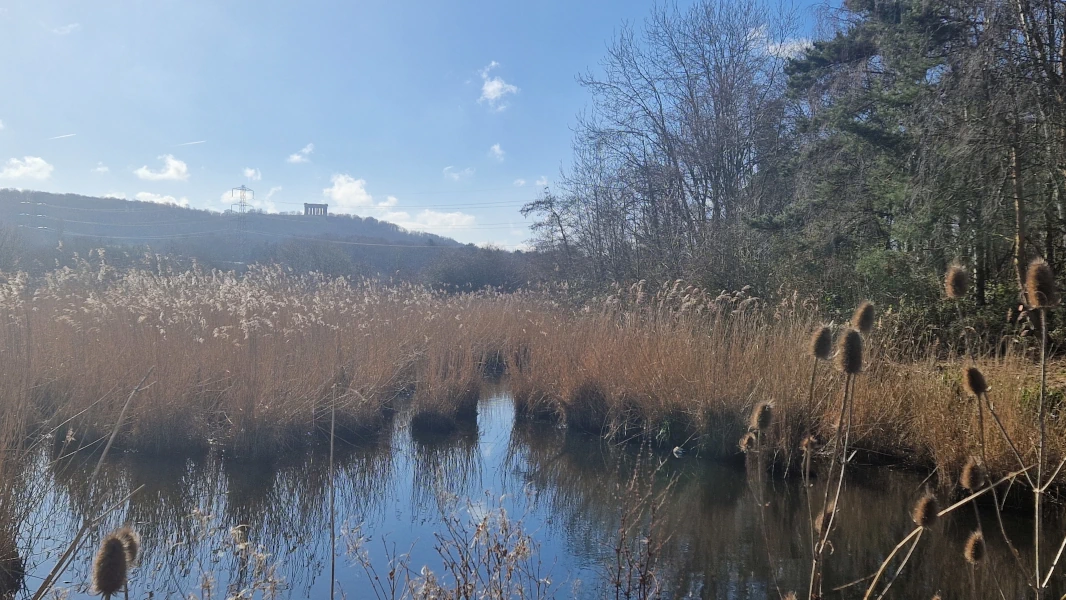
I’d come on a good day for it, clearly, as the first thing i saw coming out of reception was the staff corralling all the ducks together for their annual vaccination, by means of a ramshackle assemblage of mesh fences. (Crowd control for birds!) The littlest one kept trying to escape his jab like an ornithological Bobby Kennedy.
Most fabulous of all creatures of the air on offer are the eiders, the diva-est ducks in the world, emitting a chorus of sassy coos as they revel in their status as undisputed kings of the pond. (You’ll have to take my word for it, as i neglected to take a video, erring towards the side of it being better to live in the moment than through a phone camera. I was yet to realise what good blog-fodder the visit would make.)
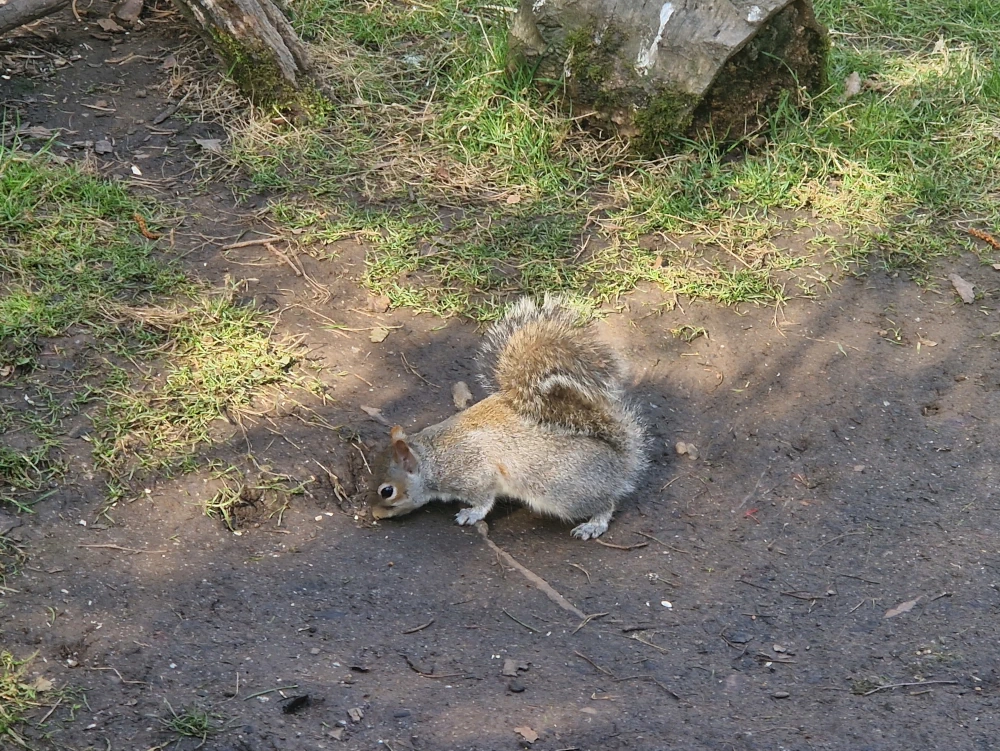
On the other side of the preserve a viewing area juts out to overlook the Wear — still salty and tidal this close to the sea — and an artificial saline lagoon, built to provide a home for those creatures who prefer a more brackish milieu. The signs tell me that, rare as they historically have been, more and more European otters have made their home along the wear, and the lucky visitor might hope to see one… if only the centre were open at dawn or at dusk, when they come out.
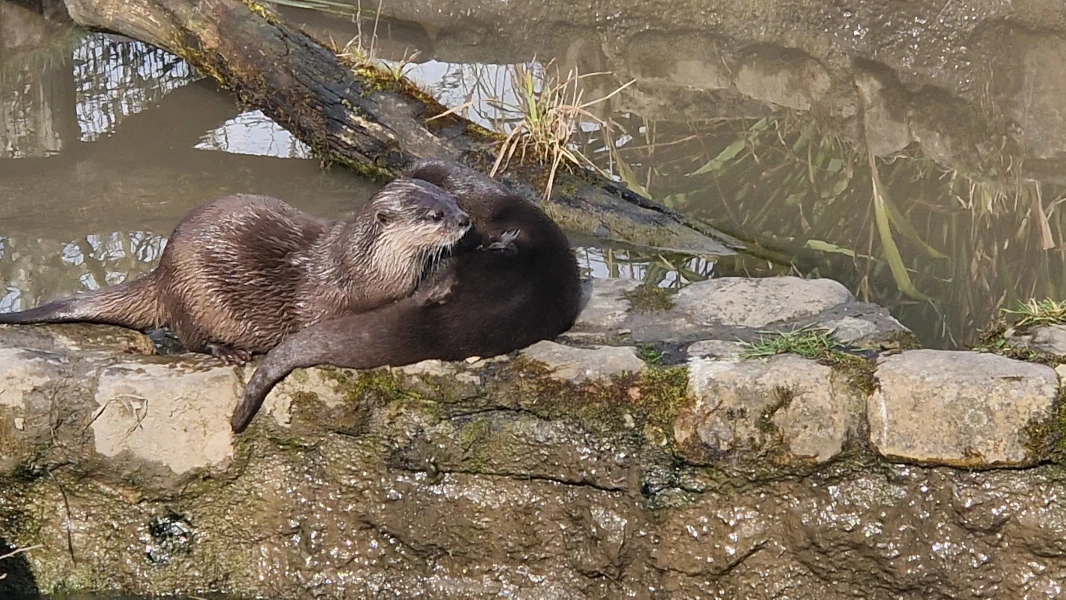
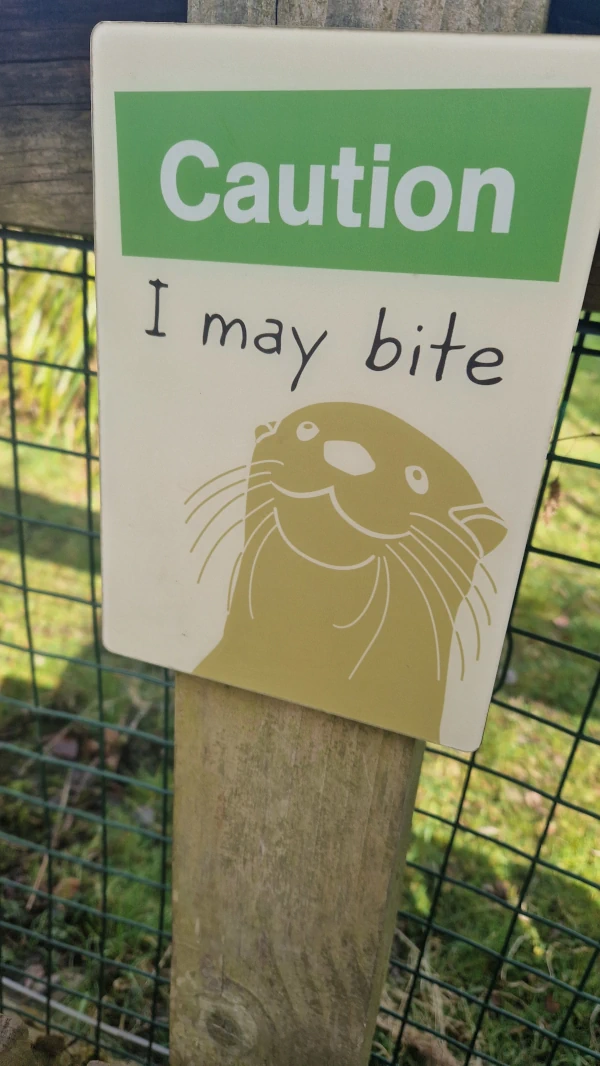
Not to worry, for the centre are also very proud of their main mammal enclosure: a family of utterly2 adorable Asian small-clawed otters. They’re a lot less squeaky than the ones at Northumberland Zoo, and wondering why, two theories popped into my head.
First, that it’s the Northumbrians’ fault. Their northern sibs were greater in number, a family of four to Durham’s two, and they were, by all accounts, masters of putting on a show. They appeared in an orderly fashion when their circadian rhythms told them it was feeding time, pipped and squeaked incessantly at the keeper until they got their fish, performed some cuteness, and then went back inside when their bellies were full. They knew exactly what they were doing, methinks.
Second, that the Washingtonian otters were grieving. I said there were two, the younger Buster and the elder Musa, and you might be hard-pressed to call that a family. But until this month, there were three. Mimi, the clan’s matriarch and a scamp who bonked so much they had to give her a lutrine IUD, passed of old age at fourteen (a good innings by her species’ standards, no doubt). When she went, they had to put her corpse back in the enclosure so the others would understand.

They were still otters. Still playful. But something about them seemed… morose. Maybe, in between the fish and the scampering and the puzzle feeders, they were still thinking about her.
On the way out, i passed a tiny observatory, cleverly named “Cygnus” for the constellation of the swan, used by night for the Sunderland Astronomical Society. I don’t know if it’s of much use this far into the zone of light pollution, but they certainly seem to enjoy it, so perhaps my relatively sky-privileged Northumbrian self shouldn’t play the lecturer. Perhaps that fateful night that Mimi died, a star in the sky began to twinkle a little brighter.
